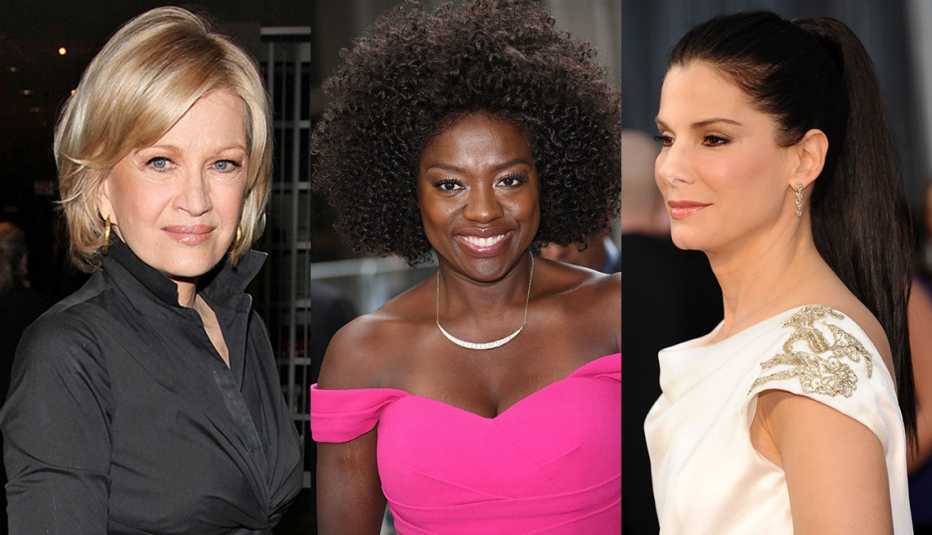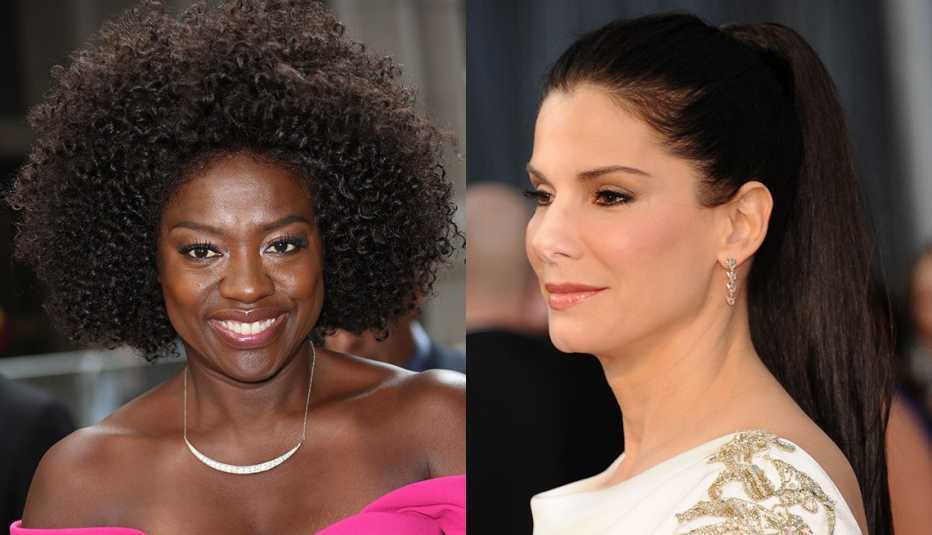AARP Hearing Center


Who says you can't be gray and sexy, or have long hair after 50? Or that short hair is frumpy, or that bright blond looks tacky after a certain age? We've tossed those beliefs and rules out the window. But what about those other little, nagging, back-of-mind hair folktales? Does brushing your hair 100 strokes a day make it healthier? Does a flaky scalp mean dandruff? Can your hair get used to a shampoo and stop working? Yes — or yarn? Here's the truth (and just between us), some of these are trickier than a simple yes or no.
1. Myth: Brush 100 strokes a day for healthy hair.
Truth: Brushing is a form of friction that, if done to excess — as in 100 strokes — will damage all hair, but especially thin, weak and fragile locks. However, there's some benefit to brushing gently and briefly to stimulate scalp circulation and help distribute natural oils from roots to tips. A few strokes with a natural bristle brush on dry hair does it. Skip synthetic or vent bristles, toss old brushes with bent or broken bristles, and never brush wet hair. Bend from the waist and work your way from roots to ends if hair is long, or just stand up and whoosh right through.


2. Myth: Stress turns your hair gray.
Truth: No way! If that were true, we'd all be gray by high school. Going gray is a genetic thing. When the cells that produce melanin — your hair pigment — no longer produce color, it's over. There is no current scientific proof that stress accelerates graying, but it can do other unfriendly things. For example, all hair goes through rest periods when follicles don't grow. Extreme stress can push this growth phase ahead. So three months from now, you may experience more fallout than usual, and the new hairs that grow in may be gray. Rule out any hair changes — possibly due to drug side effects, hormonal causes or underlying illness — by seeing your doctor.
3. Myth: Your hair gets used to the same shampoo.
Truth: Yes and no. But it's not all in your head. If you think your shampoo and conditioner are no longer doing their job, it's because your hair needs have changed. You've probably cut, colored, relaxed or straightened your hair. Or grown it longer, gotten a weave or gone natural in texture. Or moved to a different climate or started using new styling products. Or become lazy in your habits, such as shampooing less often, skipping a deep conditioning once a week, not rinsing enough or over-rinsing. In fact, it's probably some combination of these. It's time to match your current hair to your new routine.



































































More on Entertainment
10 Hairstyles That Never Age
Classic looks that are always cutting edge10 Haircuts You Won’t Regret
Bangs, bobs, lobs and all the latest head-turning styles10 Cool Hairstyles for Grownups
Make the most of your locks with the perfect cut and shape